The University of Chicago Press, Chicago 60637
The University of Chicago Press, Ltd., London
1990 by The University of Chicago
All rights reserved. Published 1990
Paperback edition 1992
Printed in the United States of America
16 15 14 13 12 11 10 09 08 07 10 11 12 13 14
ISBN-13: 978-0-226-01816-4 (paper)
ISBN-10: 0-226-01816-4 (paper)
ISBN-13: 978-0-226-09894-4 (e-book)
Library of Congress Cataloging-in-Publication Data
Anderson, Elijah.
Streetwise : race, class, and change in an urban community / Elijah Anderson.
p. cm.
Includes bibliographical references.
1. Inner citiesPennsylvaniaPhiladelphia. 2. GentrificationPennsylvaniaPhiladelphia. 3. NeighborhoodPennsylvaniaPhiladelphia. I. Title.
HN80.P5A53 1990
307.3'362'0974811dc20
90-34048
CIP

The paper used in this publication meet the minimum requiredments of the American National Standard for Information SciencesPermanence of Paper for Printed Library Materials, ANSI Z39.48-1992.
Preface
From summer 1975 through summer 1989, I did fieldwork in the general area I call the Village-Northton, which encompasses two communitiesone black and low income to very poor (with an extremely high infant mortality rate), the other racially mixed but becoming increasingly middle to upper income and white. When my wife Nancy and I moved to the Village in 1975, I had not planned to study the area; but this changed as I encountered the local community and discovered what seemed an ideal urban laboratory. I found the Village one of the most culturally and ethnically diverse areas of the city, where wealthy people and poor people, gays, hippies, students, Jews, WASPs, Italian-Americans, Irish-Americans, newly arrived Southeast Asians, Ethiopians, Zambians, Pakistanis, Iranians, and others lived together in relative comity. First I came to know the setting informally, simply experiencing its everyday life, making contacts almost by accident, and learning cultural rules from these experiences as any newcomer might. I became so intrigued by the neighborhood that I decided to study it formally. After acquiring research funding from the National Institute of Justice, I began to interview residents more formally and to write field notes.
Over the course of fourteen years, various issues emerged and subsided. I came to focus on the nature of street life and public culturehow this diverse group of people got it on or related to one another in public. What was the nature of local street life? What were the prescriptions and proscriptions of public behavior? For me these issues persisted, a logical outgrowth of my previous book A Place on the Corner (Anderson 1978). To gain an effective point of view, I spent many hours on the streets, talking and listening to the people of the neighborhood. To obtain further understanding I photographed the setting, videotaped street corner scenes, recorded interviews, and got to know all kinds of people, from small-time drug dealers to policemen, middle-class whites, and outspoken black community activists. I hung out with various residents and interviewed many of them extensively. I frequented neighborhood bars, laundromats, and carryouts and attended brunches, parties, and community gatherings. From 1985 through 1987 I was an active board member of the Village-Northton Educational Fund, a racially mixed group of community activists concerned with improving the quality of local public-school education. As my research focus became more refined, it also expanded to include issues important to those I was coming to know, for whom I would serve as a communication link to an outside audience.
Particularly during the 1980s, the problems of United States cities grew more and more insistent, if not intractable to many. With rising unemployment, brought on in part by increasing deindustrialization and the exodus of major corporations, the local black community suffered. The employment lives of its members are further complicated by continuing racial prejudice and discrimination, which often frustrate efforts to make effective adjustments to these changes and the emerging reality. Many who have difficulty finding work in the regular economy become ever poorer and may join the criminal underground, which promises them huge financial rewards, a certain degree of coolness, and happinessthat seems never to fully materialize. Yet in hot pursuit, many alienated young people commit themselves to this way of life, adopting its morality and norms and serving as role models for other youths. In this way the drug economy has become elaborated, and drug use has grown widespread among the local poor. As the black community of Northton has undergone social deterioration, the adjacent Village has experienced spillover crime and public incivility.
These developments had profound consequences for the more general area I was studying, requiring further refinement of my research plans from a limited ethnographic representation of the gentrifying neighborhood of the Village to a more inclusive study of the relationship between it and the adjacent black ghetto of Northton. I found that I could not truly understand the Village independent of Northton, and vice versa, particularly where the two communities met, and that realization posed insistent sociological and ethnographic questions. How do these diverse peoples get it on? How are their everyday public lives shaped and affected by the workings of local social institutions? What is the culture of the local public spaces? What is the public social order? Is there one? How are the social changes in the two communities affecting the residents of both?
From the mid-1970s through the 1980s, moving to the city and refurbishing inner-city areas seemed to young professionals like a brilliant idea, and a good investment to boot. They could afford an inner-city home that they could treat as a starter house, and the antique bargains held a special allure. Many were alienated from the life-styles of their suburban parents and sour on what the suburbs represented to themsocial and cultural homogeneityand they saw the city as a place where they might define their own lives in a different manner, close to their work and play. This group contributed to the process we know today as gentrification. Yet commitment to such projects had its costs and brought some uncertainty. Crime in the street and wariness about strangers have always been recognized as costs of living in the city, but today many feel such realities have become worse. With looming municipal budget deficits, higher local taxes, a decline in city services, and growing inner-city poverty, drug use, and crime, many gentrifiers have come to see their own fortunes as inextricably linked to those of the nearby ghetto. They realize that changes in the neighboring black community directly and indirectly affect not only their sense of well-being but also their property values. This acknowledgment has slowed downbut not yet reversedthe process of gentrification.
I mean my descriptions and analyses to convey my understanding of the way social relations are shaped by these changeshow individuals come to interpret and negotiate the public spaces in the community I have been studying. Much of what I learned came through informal interviews and direct ethnographic observation over an extended period, and it draws on my experiences in the Village-Northton and in nearby communities that share some of the areas more prominent features. In a sense, over time I became my own informant. What emerges, then, is to a certain extent conceptual and abstract, but it reflects my sense of what is true.


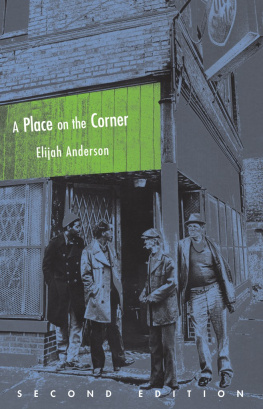
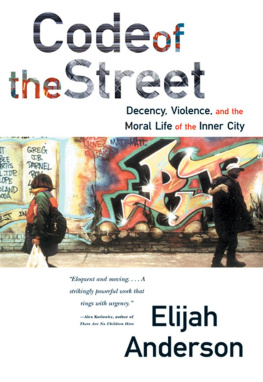
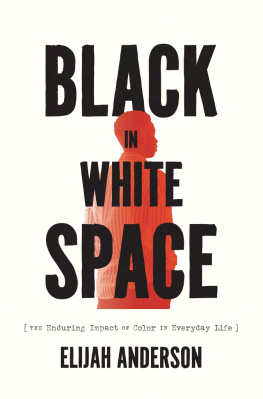
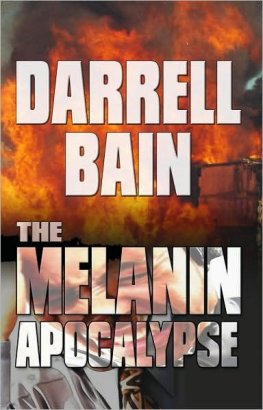
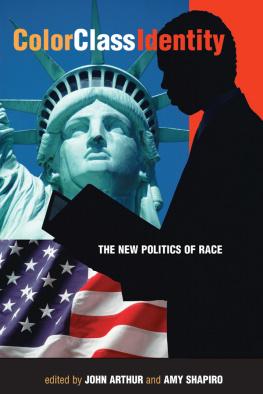
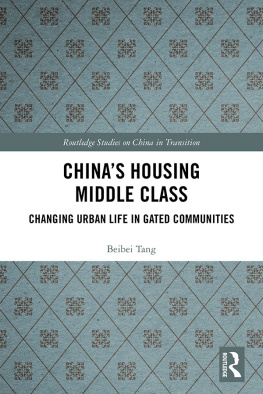

 The paper used in this publication meet the minimum requiredments of the American National Standard for Information SciencesPermanence of Paper for Printed Library Materials, ANSI Z39.48-1992.
The paper used in this publication meet the minimum requiredments of the American National Standard for Information SciencesPermanence of Paper for Printed Library Materials, ANSI Z39.48-1992.